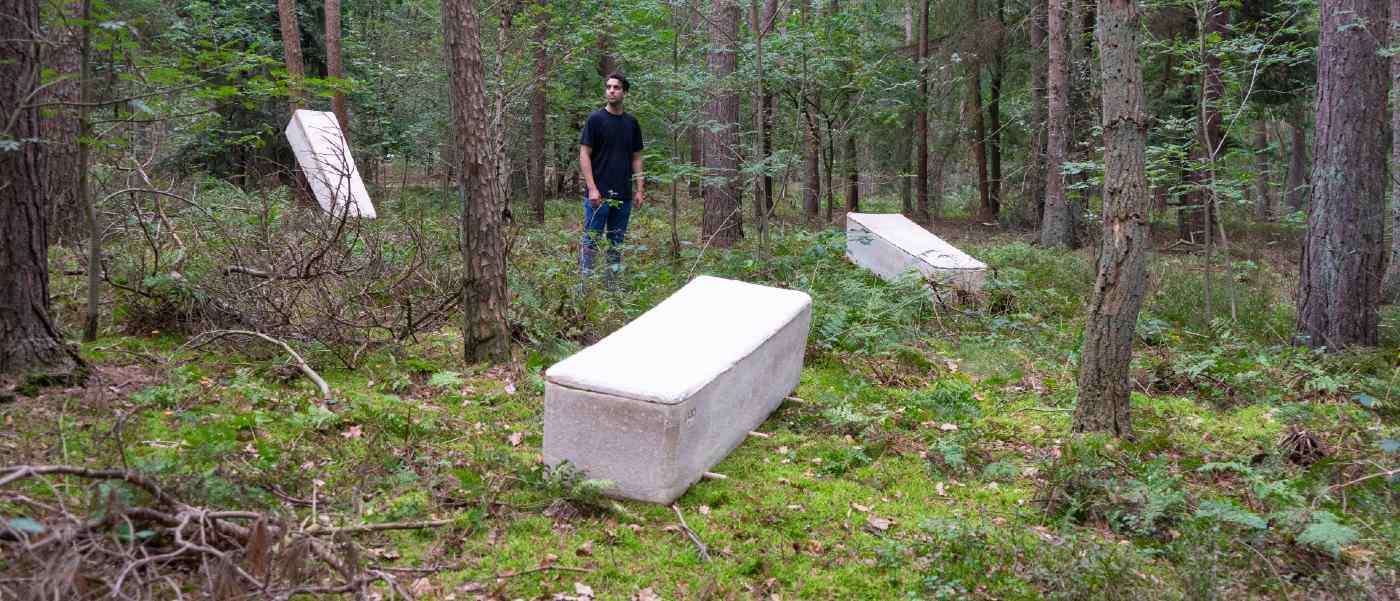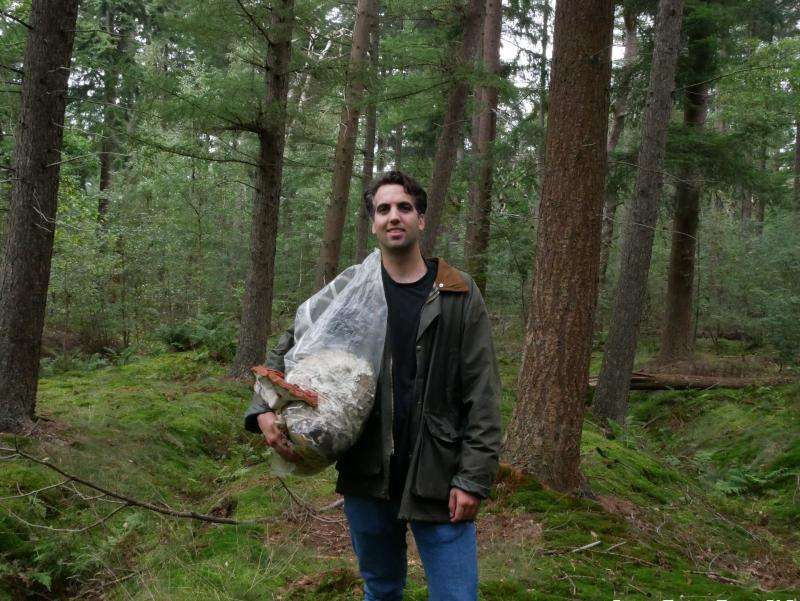Japan is Building Wooden Satellites to Cut Down on Space Junk
Kyoto University and Sumitomo group have developed wooden satellites to be launched into space in 2023 that will reduce space junk.

In the Netherlands, an 82-year old woman was recently laid to rest in a coffin made entirely of fast-composting mushroom fibres that will considerably increase the health of the soil in the years that follow.
Dubbed the ‘Living Cocoon,' the coffin gives an option for a more ecologically conscious generation who may want to leave a positive impact on the planet after they've gone.
Created by 26-year-old Bob Hendrikx, a bio-designer from the University of Delft, the Living Cocoon is made by growing mycelium around a coffin-shaped frame. Mycelium is the part of the mushroom we can't see-the underground fibrous network that makes up most of the lifeform.
Hendrikx also referred to it as "nature's recycler," as mycelium has been shown by mushroom scientists, called mycologists, to be able to process things which other agents of decomposition can't tackle.
"Mycelium is constantly looking for waste products-oil, plastic, metals, other pollutants-and converting them into nutrients for the environment," Hendrikx said, according to the Guardian. "This coffin means we actually feed the earth with our bodies. We are nutrients, not waste."
Dubbed the ‘Living Cocoon,' the coffin gives an option for a more ecologically conscious generation who may want to leave a positive impact on the planet after they've gone.
Created by 26-year-old Bob Hendrikx, a bio-designer from the University of Delft, the Living Cocoon is made by growing mycelium around a coffin-shaped frame. Mycelium is the part of the mushroom we can't see-the underground fibrous network that makes up most of the lifeform.
Hendrikx also referred to it as "nature's recycler," as mycelium has been shown by mushroom scientists, called mycologists, to be able to process things which other agents of decomposition can't tackle.
"Mycelium is constantly looking for waste products-oil, plastic, metals, other pollutants-and converting them into nutrients for the environment," Hendrikx said, according to the Guardian. "This coffin means we actually feed the earth with our bodies. We are nutrients, not waste."
In contrast to the years it can take a conventional coffin-with artificial cloth fibers, laminated wood, and metal components-to break down, local newspapers covering the funeral claimed the Living Cocoon "takes one week to grow and then, containing the body of the deceased, takes an estimated two to three years to decompose."

Currently the coffin costs around $1,350, but Hendrikx hopes that as more and more people become interested, he can drive the cost down.
Hendrikx, a radical thinker, imagines a day where every coffin used on earth is made of mycelium, allowing our species that has grown to dominate every corner of the world to constantly give back to the soil we owe so much of our prosperity to.
Living Cocoon's parent company, Loop, is actually conducting research on the impact of human bodies on soil quality, with the hope of "convincing policymakers to convert polluted areas into healthy forests-with our bodies as nutrients."

In this way, rather than designating lush and picturesque areas for cemeteries, societies could create more lush and picturesque areas through use of the Living Cocoon.
Hendrikx also wants to harness the power of mycelium, which has even been shown to be able to make canoes, and to make sustainable furniture and other goods.
Plant Some Positivity By Sharing The Good News With Friends On Social Media…
Be the first to comment